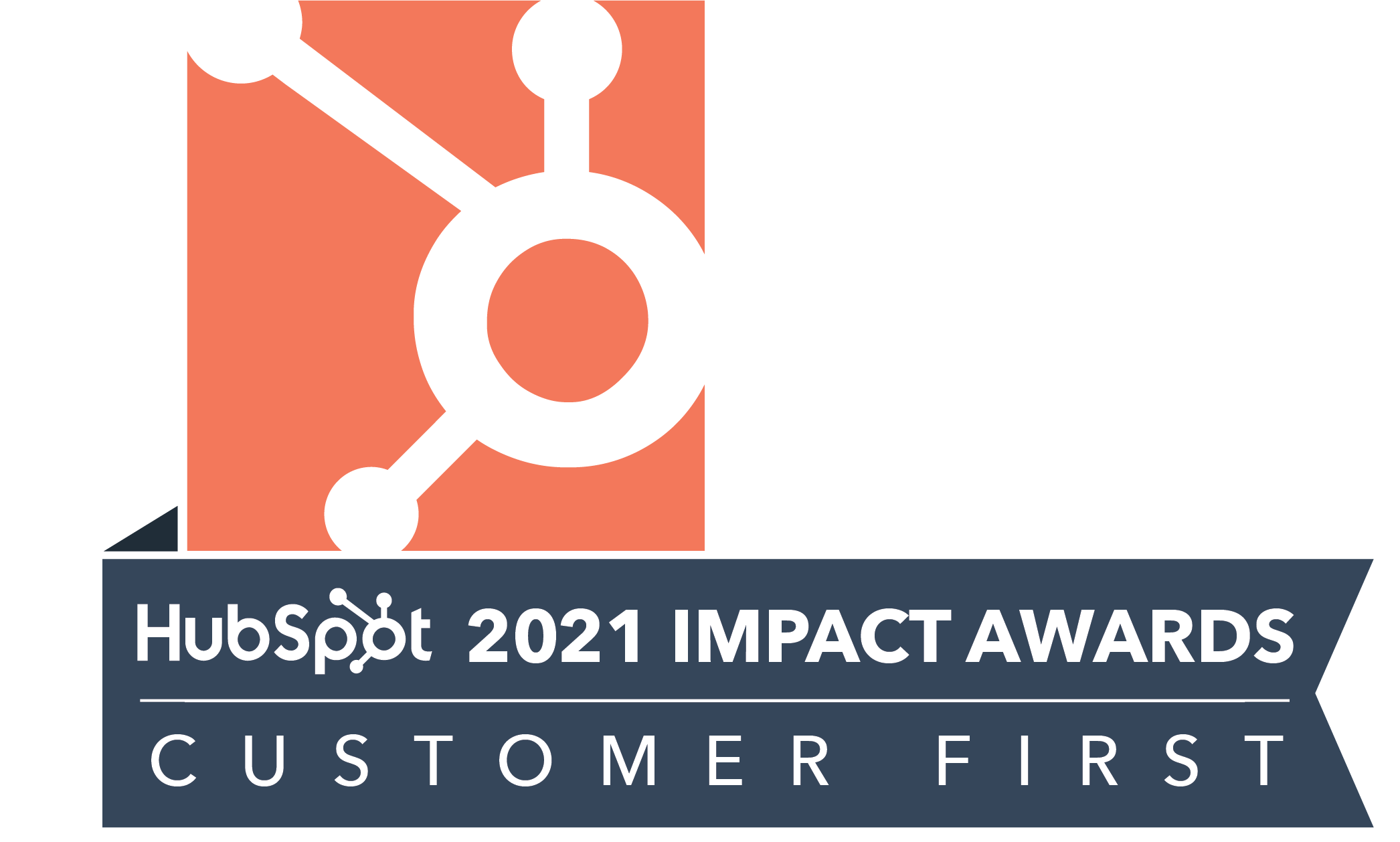As a content marketer, one could keep writing content without understanding user behavior. And when you come across low conversions and poor response, you conclude that either the content is not relevant or it is not engaging enough, but seldom does one dig into the insights to reinvent their strategy.
Tara Hunt’s session at INBOUND 15 was a re-emphasis on the fact that how important it is to write content with a strategy, formulated on a thorough research. Here are the key insights from her session.
4.75 Billion pieces of content shared/day. 50% of marketers don’t know audience; lack a strategy to reach them. @missrogue #INBOUND15
— Merredith (@Merredith) September 10, 2015
So pumped for this #INBOUND15 session with @missrogue – Moving Towards Insight-Driven Strategies #digitalmarketing pic.twitter.com/XocV7FDPeo
— Jane Serra (@JSerraMktg) September 10, 2015
Importance of Insights
Insights play a crucial role in understanding customer persona. It tells the customer journey and what shapes their buying behavior. The real problem comes when you continue driving your ideas without any insights to support them. How many of you check the analytics tool and try to understand the reasons for users not engaging with the content? If you just keep adding content by sidelining the vital aspect of doing a thorough research before formulating the content strategy, then there is a high possibility that your content will be doomed.
Ideas without insights are akin to throwing darts in the dark. – @missrogue presentation at #INBOUND15
— Taylor M Downs (@taylormdowns) September 10, 2015
The new Pyramid of Customer Behavior
You cannot implement Maslow’s model every time to come up with a strategy that will cater to customer’s requirement. With time, everything has changed and so has the Maslow’s Hierarchy of Needs. Maslow’s model is still good to outline the basic framework but to develop strategies you need to do some research for your customer.
Who agrees with the new Maslow’s Hierarchy of Needs? @missrogue #INBOUND15 pic.twitter.com/1zZgJjl516
— Cision (@Cision) September 10, 2015
A perfect example to understand a specific group of customers is to understand Millenials.
Millennials are not a target audience, they’re a generation. You’ve got to be way more specific to be successful. @missrogue #INBOUND15
— Ethos Marketing (@ethosmarketing) September 10, 2015
According to Tara, there are three main insight categories one must consider, before doing a research and formulating a strategy.
1. Audience: Your research should be less about the what and more about the why (attitudes and behaviors, needs, wants and goals, life stage, level of understanding, other brands they follow, interests, motivations; new product?)
2. Cultural: You need to understand the influential figures and movements, language & memes, historic and current news rules and more. Everything that is part of your customers’ culture.
3. Competition: Keep a track of competitors your intended audience pay attention to. This will help you to do a SWOT analysis.
Hope you found that as insightful as we did. Want to read another session recap? Check this page out.















